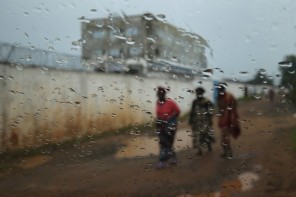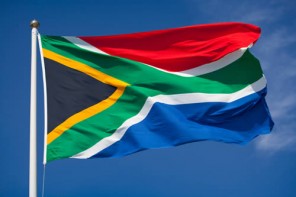Among the many talents of my friend Aaron Ernst is one for language. He recently translated tweets from a victim of the earthquake in Japan, who lives in Sendai, and they’ve got me thinking aloud… The tweets:
@Kchang40 I’m a quake victim from Sendai City. As electricity has begun to be restored, I’ve been watching interviews of quake victims by the mass media. I am only seeing stories that inflate people’s sadness and pain. What are these interviews for? For who? What I want in these trying times is hope. Yet it seems that all the media is bringing us is despair.
I don’t know if @Kchang40 is watching Japanese or international media, but it’s a good question. What makes suffering news — and when does it stop being news?
I’m not a cheerleader for “hope media” — I think that can be equally empty of meaning. I also think that stories of suffering, properly handled, can be important. And I have an old-fashioned journalist’s belief in the utility of collecting these stories — one day, after all, they will help people write the history of this tragedy. But maybe we broadcast a less than we collect?
Or maybe a different context could help: fewer images of destruction, say? I must have seen the same 45 seconds of tape — of water overtaking a town, billed as “tsunami swallows whole city” — play four times on CNN yesterday in only an hour. What’s the utility of that?


